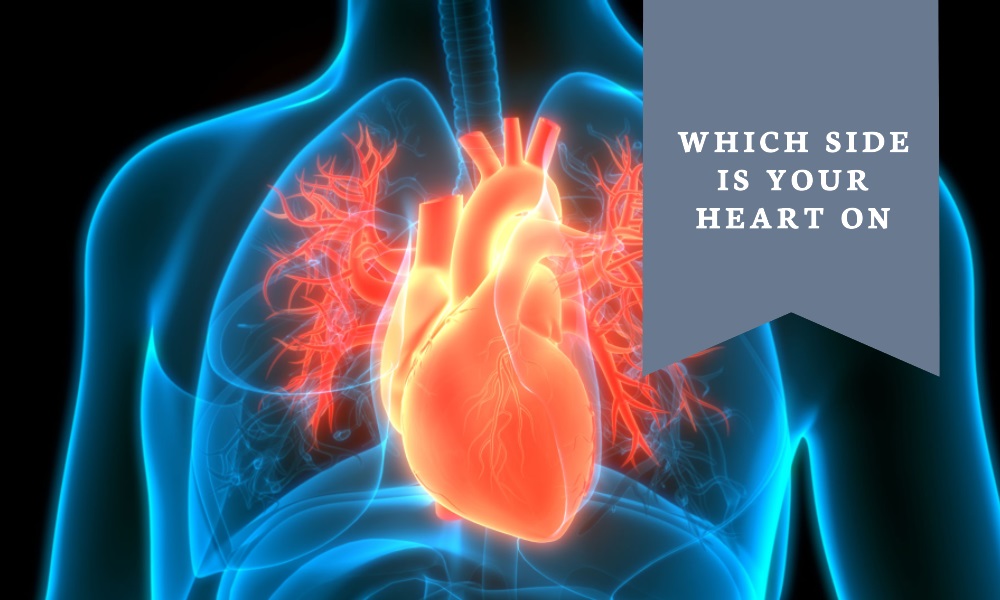One of the most essential organs in the human body, the heart has fascinated scientists, doctors, and even poets for centuries. Yet, a surprisingly common question people often ponder is: “Which side is your heart on?” This article aims to answer this question in detail, dispel any myths, and provide additional information on the subject.
Anatomy of the Heart
The heart is a muscular organ that’s about the size of your fist. It is responsible for pumping blood throughout the body via the circulatory system. The heart consists of four chambers: the left and right atria (upper chambers) and the left and right ventricles (lower chambers).
So, Which Side Is Your Heart On?
Contrary to popular belief, the human heart is not located entirely on the left side of the chest. It is situated in the middle of the thoracic cavity, behind the sternum and between the lungs. However, it’s slightly tilted, with about one-third of its mass to the right of the midline and two-thirds to the left, making it appear as though it’s on the left side.
Why the Confusion?
Media and Culture
Movies, television shows, and literature often dramatize the heart’s position, showing characters clutching the left side of their chest to signify a heart issue, which perpetuates the misconception.
Left-Sided Symptoms
In actuality, many symptoms related to the heart, like pain or pressure, are felt more towards the left side. This can add to the confusion but doesn’t signify the heart’s exact location.
Medical Implications of Heart Positioning
Understanding the heart’s precise location can have significant implications in various medical contexts, including diagnosis and treatment of diseases, surgeries, and more. For example, medical imaging must be very accurate to capture the right angles of the heart. Incorrect perceptions can lead to wrong diagnoses.
FAQs
Q: Is the heart’s position the same in everyone?
A: While the heart’s general position is the same in most humans, certain conditions like dextrocardia can result in the heart being positioned in the right side of the chest.
Q: Does the heart’s position affect how it functions?
A: The heart’s location and slight tilt to the left are anatomically efficient for its function but do not affect how well it pumps blood.
Q: Can heart pain be felt on the right side of the chest?
A: While less common, some heart-related pains and sensations can be felt on the right side or in the middle of the chest.
Q: Do animals have their hearts on the same side as humans?
A: The position of the heart can vary among animals. For example, a bird’s heart is more centrally located.
Conclusion
While it may be commonly thought that the heart resides on the left side of the chest, this is a simplified understanding. The heart is centrally located but leans slightly to the left, making it seem as though it’s on the left side. Understanding the heart’s actual location is not just a fun fact but can be crucial in medical contexts.











